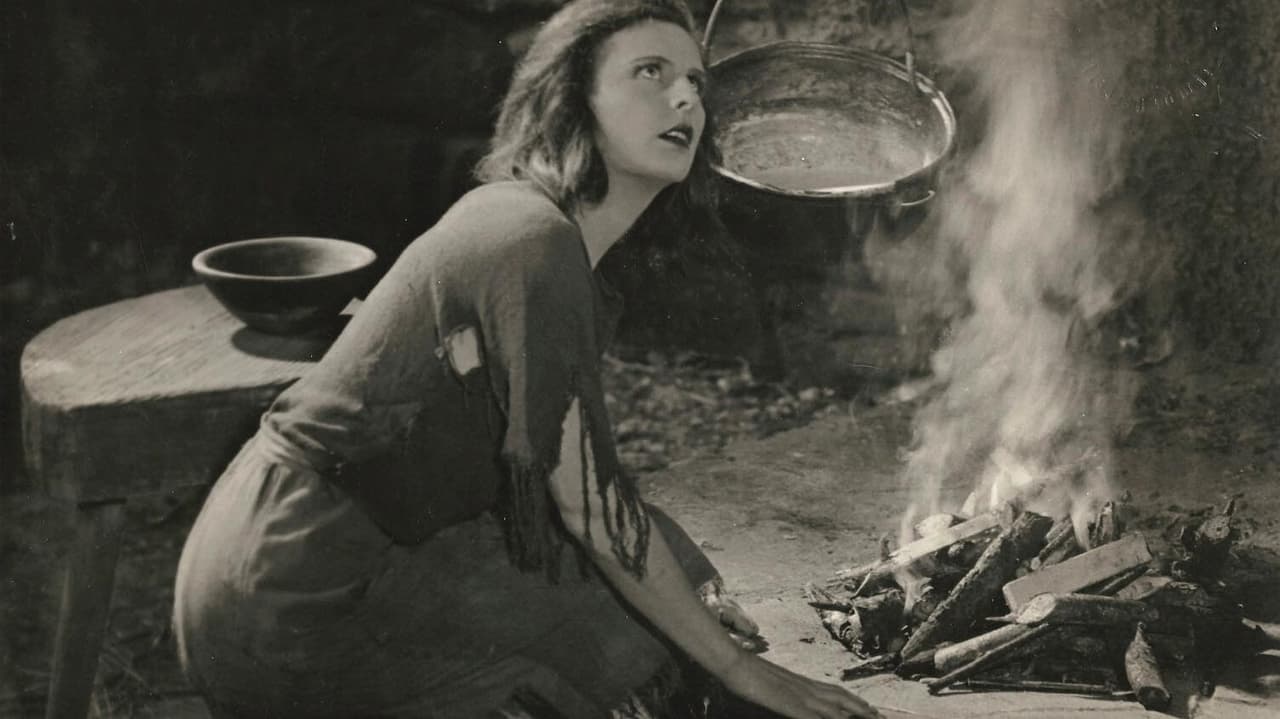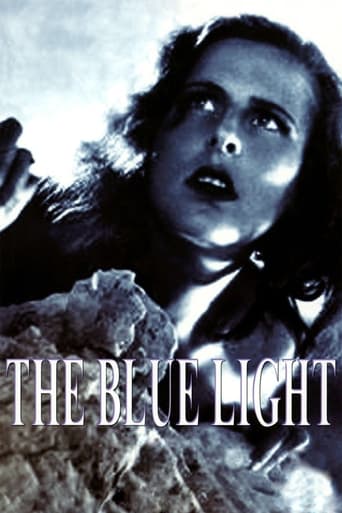

Too many fans seem to be blown away
... View MoreBest movie of this year hands down!
... View MoreI think this is a new genre that they're all sort of working their way through it and haven't got all the kinks worked out yet but it's a genre that works for me.
... View MoreExcellent characters with emotional depth. My wife, daughter and granddaughter all enjoyed it...and me, too! Very good movie! You won't be disappointed.
... View MoreFilm at its purest form for me is a space of contemplation. Being a reflection of light and shadow it can never be the real thing of course, it is merely the mirror that holds the image - which is contrary to a lot of the myth that we have glorified around cinema as the thing in itself. A lot of those images reach our eyes randomly reflected, haphazardly, or the mirror is pointed without care. It's a pain in the ass to watch these, because you know the filmmaker doesn't mean what he sees.But sometimes, in capable hands, they reflect truly: meaning of course not that they portray the world truly, as it truly is, if we could ever get two people in the same room to agree on their experience of that room, but exactly by dint of being reflections cast from lights inside, and so like a dream is always true even as it is essentially unreal, or like the old tribal ceremonies around the world were from an outside perspective merely the primitive imitation of a scene from familiar life, but from inside the dance allowed the participant, exactly by the token of his willing submission in the shared soul, to sink himself in the level behind the familiar narrative and there purify himself with just the images; in just the same way film can penetrate beneath the dream or ceremony, by substituting for it, and purify with a glimpse of how images, life itself, are stirred into being.It is a real joy to be able to watch these films; what they offer is akin to the experience of ecstacy, introspection from outside the self. But first we have to invest ourselves in them, and the film needs to operate from the center. What we get in turn is not just the image, this is important, but an image we understand is being mirrored, this is the perspective we're missing in real life. So not an aesthetic, but a way of seeing.Look here. The story revolves around a small village at the foot of a mountain. Every fullmoon mysterious lights glint from the top and the men climb the rock to discover. Every time they fall from it - and are symbolically embodied inside the rock as small statues. But there's a woman in all this, an outcast, a pariah exactly because she can freely venture where they can't, who knows the secret pathway.The mystery is of course simple, as the man who climbs her soul to discover in turn comes to know; crystals that reflect that same moonlight seen from below. So the source of so much allure and sacrifice was merely the reflected light from the real thing that was plainly visible above their heads the whole time; and which they shied away from in fear as an evil portent of their own impotence and disaster. Oh, eventually they're allowed to get their hands on the coveted treasure, which now as well as before reflects truly upon them.But the woman, Leni Riefenstahl, casts a longer shadow in all of this, whose soul the treasure is snatched from to satisfy the social good. She illuminates deeper for this - twice herself in the film, as both actress and filmmaker - because we know now that she was surrounding herself with real darkness at the time. Of course it was never a social good her treasures gave voice to, but rather something that just had to be deemed so because society collectively pulled that way.Too many words. You just have to see how she arrays herself in this. Her face when she discovers the crystals plucked from her cave, a mask of so much anguish and heartbreak, and then imagine how many real nights she must have spent huddled behind that mask for the rest of her life following WWII.Of course for her, the character, it was always the beauty of the thing that stirred the heart. But not a beauty such as you appreciate in an art gallery or read from a book. Beauty that makes the body stir from sleep and by some intuitive pull is drawn to climb the steep rock - and the discovery of the path, no doubt, was also intuitive - for a fleeting glimpse of what?But of course emptiness in full bloom. Wonderful bloom.I suggest you see this with the sound muted - it's poorly integrated inside the film - and music of your choice like you would watch a silent. It's a magical film of interior landscapes.
... View MoreLeni Riefenstahl's directorial debut (she had been a widely recognised and praised dancer in the 20's and gone on to be one of the most well known silent movie stars, working with Arnold Fanck and G W Pabst on a series of mountain films). Here she shows that magnificent eye exciting visuals probably attainted while shooting up in the mountains with Fanck, and which would go on to make Triumph of the Will the most stunning, famous propaganda film of all time, and Olympia, her film of the 1936 Berlin Olympics the single most famous (and incredible visually) sports documentary of all time.In The Blue Light you will find some of the most stunning visuals in early sound cinema, a gorgeous score and the magnetic, sensual screen presence of Leni herself in the lead role of Junta, the outcast who lives among the crystals in a mountain high above a fairytale village. It is a delight to watch, and one of the great treasures of early sound cinema, in my opinion (though the best things in it have more in common with the dancelike visual grace of the silent screen, than the stagey, wordy early talkies from Hollywood).
... View MoreLeni Riefenstahl, soon to become notorious as Hitler's favorite director, made her directorial debut with this vivid and beautiful film. It tells the tale of a mysterious blue light on top of a mountain that lures young men to their deaths. The only person who can reach it is a young outcast played by Riefenstahl herself. She is exquisitely beautiful - so much so that I am amazed Hollywood did not beckon.It's all a bit Freudian and far too slow at times, but the photography is so sublime that it doesn't matter. Black and White has seldom looked so beautiful and the use of light is magnificent. Riefenstahl certainly knew how to film and light faces (including her own), a talent that would later enhance her propaganda films for the Nazis. This film is more than an historical curiosity - it is quite a work of art.
... View MoreFurther to my previous comment, I have now purchased and watched the video and would like to say how disappointed I was to find that so much of the original film has been lost, e.g. the shot in which the moonlight catches the crystals in the cave and the blue light shines out from Monte Cristallo. Also much of the material seems to have faded. In one scene only the body and collar of Martha Mair are visible - she appears totally headless. As for the music now underlaid, I can only comment on the first few minutes which are totally unsuitable material. After that, I turned the sound down and watched in silence. What a shame.
... View More